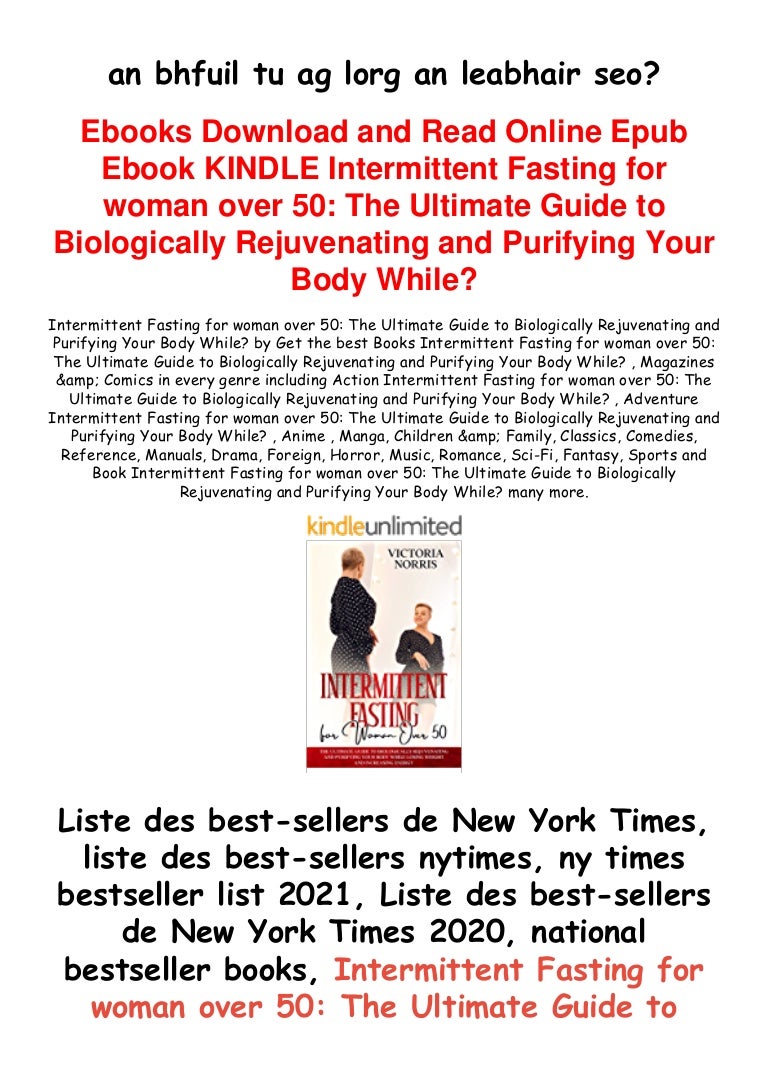The H1 coil is typically used to treat depression and requires a dosage of 120% of resting motor threshold (MT) for effective stimulation. However, some patients have high MTs and find it hard to tolerate the high intensity levels that follow. This is where iTBS comes in.

Theta burst stimulation is a type of repetitive transcranial magnetic stimulation (rTMS) that delivers short bursts of magnetic stimulation at high frequency. Compared to high-frequency stimulation, TBS has been shown to be just as effective and requires shorter stimulation times and lower intensity levels.
Early evidence from figure-8-rTMS, a form of TBS, has been promising. It has shown that TBS can lead to changes in neural activity and improve symptoms for patients with depression.
The H1-coil iTBS case report from Brainsway further supports this notion. The patient, who had a high MT, was able to tolerate the lower intensity levels of iTBS and achieved significant improvements in symptoms after just two weeks of treatment.
Power inductors are a critical component in rTMS devices, including those used for H1 coil stimulation and TBS. They are used to store and release energy needed for magnetic stimulation. Without power inductors, rTMS devices would not be able to deliver the necessary magnetic pulses.
In conclusion, H1-coil iTBS is proving to be an effective alternative to high-frequency stimulation for patients with depression who struggle to tolerate the high intensity levels of traditional H1 coil stimulation. Power inductors are a crucial component in rTMS devices and play a vital role in making TBS and other forms of rTMS possible. As research into TBS and other forms of rTMS continues, we can expect to see even more promising results for patients with depression and other mental health conditions.